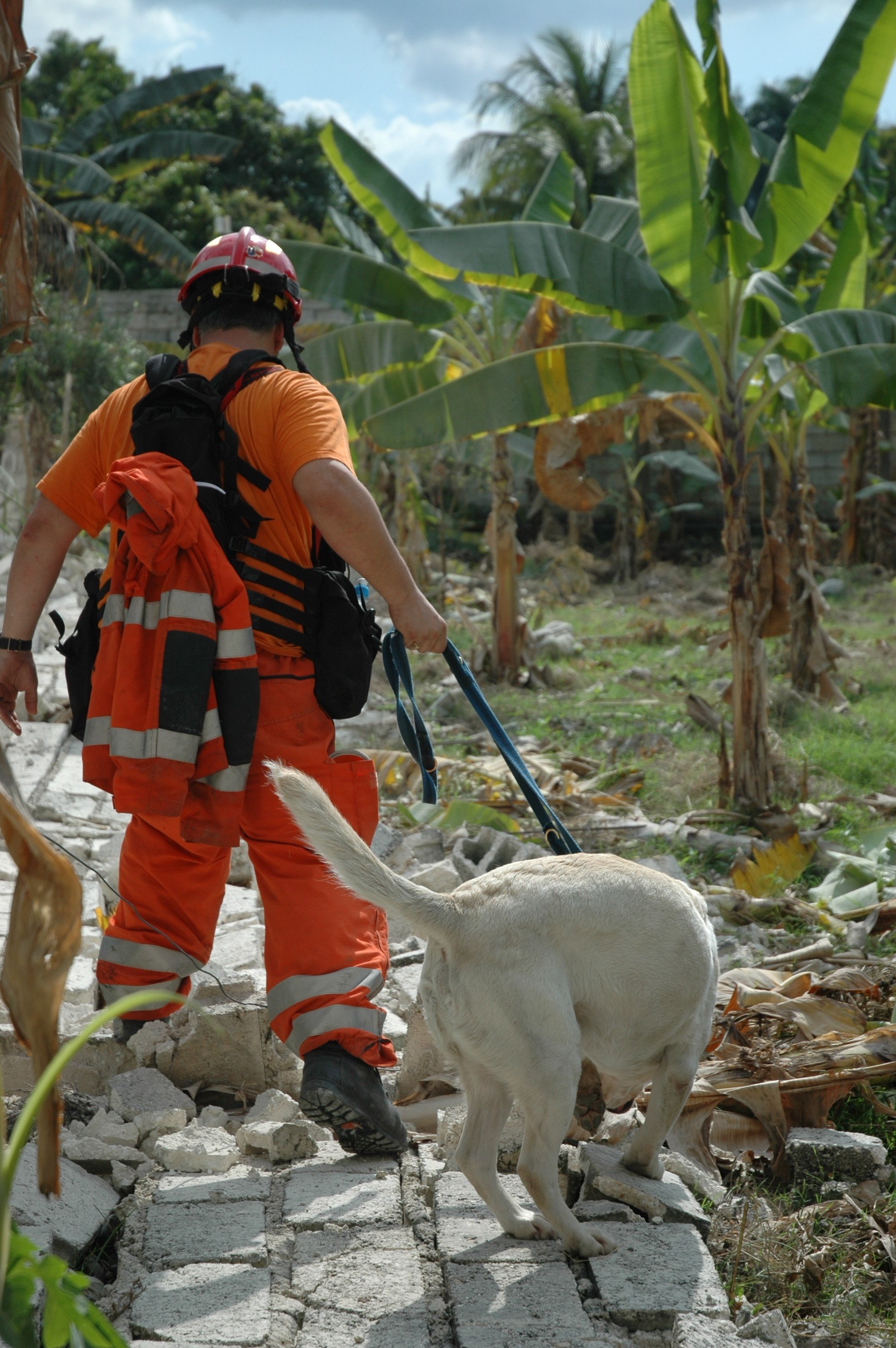“To prevent this urban disaster from becoming a rural tragedy as well, it is crucial that we save the upcoming planting season,” said Food and Agriculture Organization (FAO) Director General, Jacques Diouf. The March-to-May planting season provides most of the country’s food production.
Some 40 percent of Haiti’s food is grown domestically, the rest is imported, according to the International Fund for Agricultural Development (IFAD), which notes that although 85 percent of people who live in rural areas farm, very few make ends meet without boosting their income with remittances.
Even before the earthquake, a quarter of Haiti’s children were malnourished and 2.8 million people – a third of the total population – were affected by chronic hunger because long-term neglect of agriculture and chronic soil erosion had led production to plummet. Three hurricanes and 2008’s global spike in food and fuel prices and the political turmoil they precipitated in Haiti only made matters worse.
Right now, Wilner Durand, who heads an agricultural cooperative in Leogane, a town 60km east of Port-au-Prince, has other priorities than planting. “I lost my father, my house and everything I owned,” he told IRIN.
The earthquake damaged some 70 percent of Leogane and destroyed the homes of around one in six of the cooperative’s 1,200 members.
Urban exodus
Durand explained that he now looks after four additional family members who, like almost half a million others, have fled Port-au-Prince since the earthquake.
This unprecedented exodus is likely to strain rural food sources, Mathieu Lucius, deputy manager of ACDI-VOCA, a US-based agricultural assistance NGO, told IRIN.
“People from the capital are showing up on people’s doorsteps. There are more mouths to feed, which makes it imperative that we boost production quickly,” he said.
“These people will need to be reintegrated into more traditional communities,” warned FAO’s emergency response manager in Haiti, Alexander Jones. “All this additional labour may not increase local production,” he added.
Distorted distribution
Meanwhile, roadside traders, who are the commercial intermediaries between farmers and market vendors, are seeing less produce, said Jones.
“Petty traders have told us they have fewer supplies, that farmers are not selling.”
Until the results of FAO’s market analysis are in, “we can only speculate now that farmers do not have cash to pay the traders’ transportation to the market, which is customary, or that farmers assume the earthquake has decreased demand,” said Jones.
At the same time, direct sales to markets are falling flat, Robin Duffleurant, a farmer in Leogane, told IRIN.
“We are trying to sell manioc to markets in the capital, but fewer people there are buying. Some markets were destroyed,” he said, explaining that since the earthquake he has only managed to sell around 50 packets of manioc a week, whereas a year ago he shifted 2,000 packets a week.
“Other than manioc, there is not much we can harvest now to sell...we are at the mercy of the ground and rains. And even if we could grow something, who is around to buy it?”
Response
For FAO’s Jones, “The earthquake could not have happened at a worse time.” If it had happened five months ago, we could have prepared farmers better for the planting season.”
As well as trying to source seeds and tools from the neighbouring Dominican Republic for the imminent planting season, the FAO’s priorities include rehabilitating Haiti’s agriculture ministry, increasing urban gardening – in part through big box planters of leafy greens in slums – supporting agriculture programmes for urban migrants and maintaining multi-million dollar schemes established before the earthquake.
For its part, the Haitian government has requested US$700 million for a wide-ranging agriculture sector makeover. As well as immediate interventions such as boosting small gardens, fixing irrigation canals and giving farmers seeds and tools, the appeal also covers longer-term goals such as road construction and reviving sweet potato cultivation and aquaculture.
pt/am/aj
This article was produced by IRIN News while it was part of the United Nations Office for the Coordination of Humanitarian Affairs. Please send queries on copyright or liability to the UN. For more information: https://shop.un.org/rights-permissions





